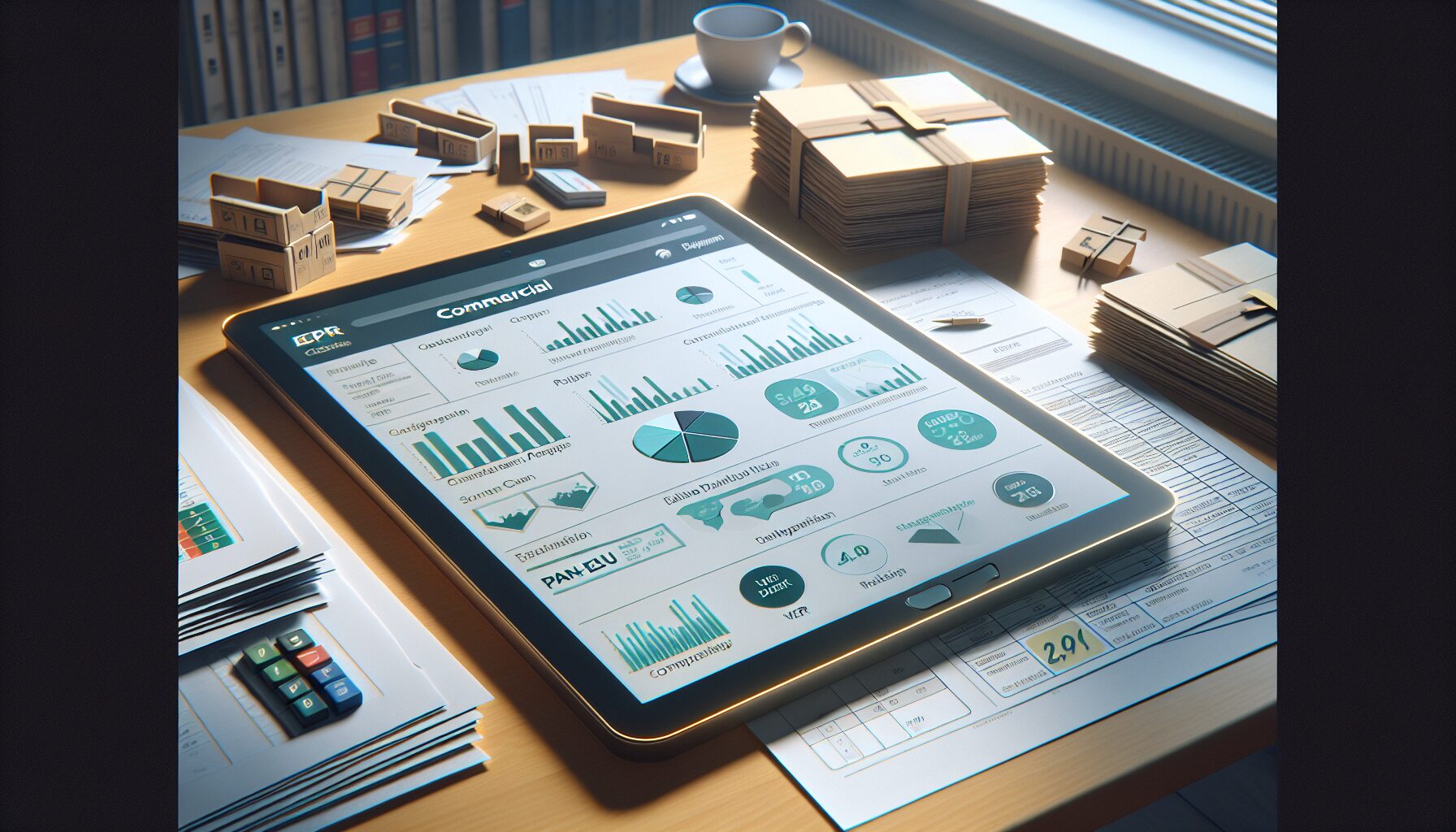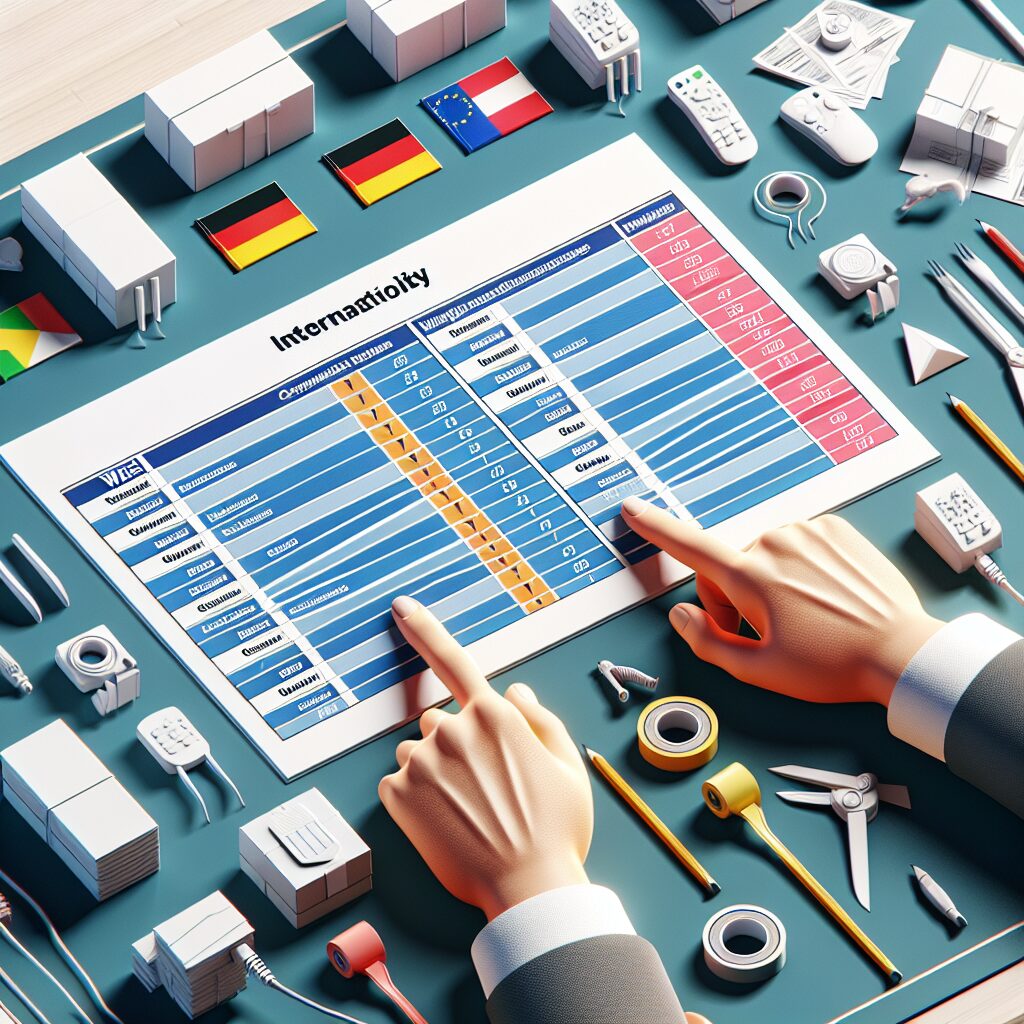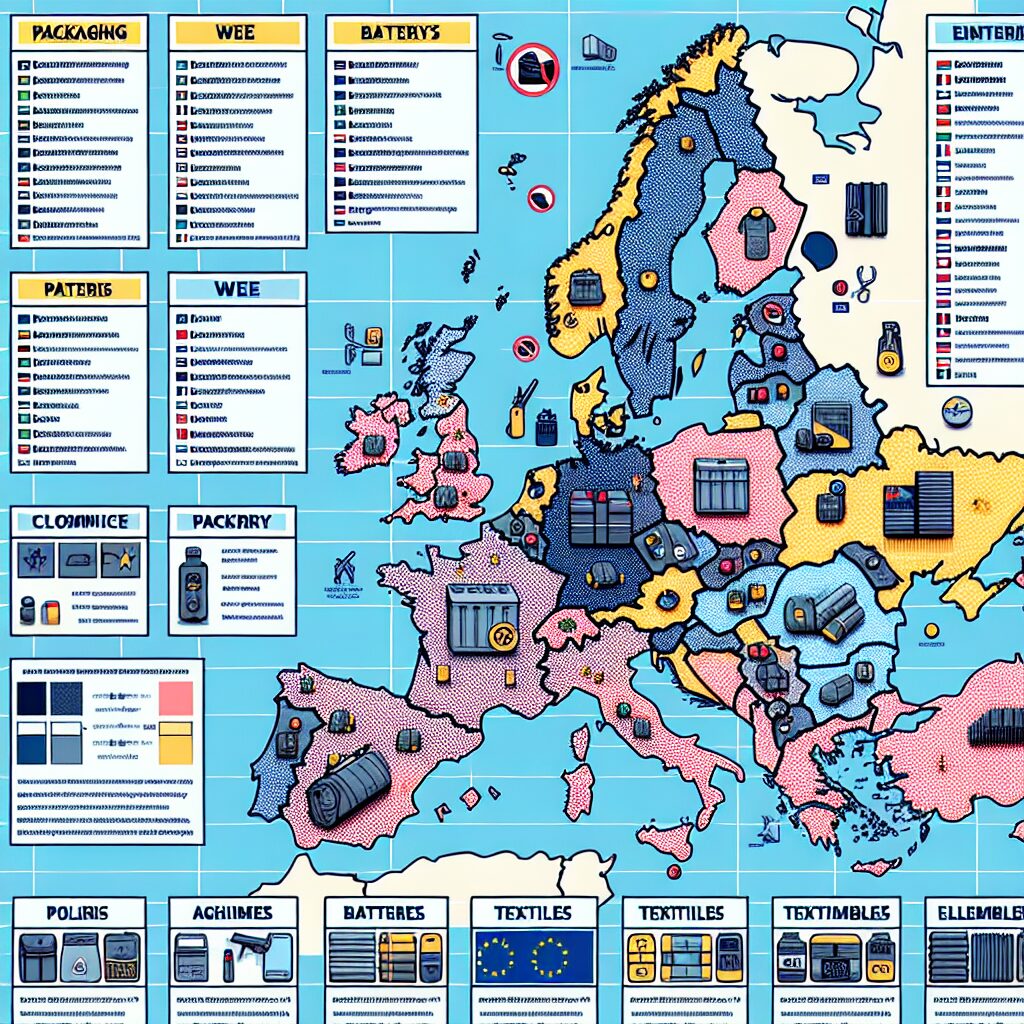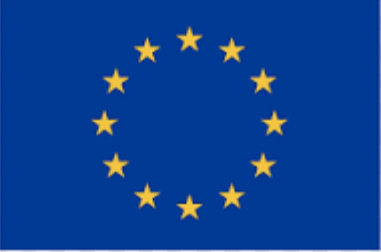About eldris
Epr.eldris.ai leads the EPR sector, in fast, automated, AI Agent EU Complaince. LUCID Packaging, WEEE, and Battery Compliance for Brands, E-Commerce and Service based businesses expanding into the EU.
In This Article
- EPR automation simplifies cross-border regulatory compliance and increases reporting efficiency.
- Key features include real-time updates, audit trails, and predictive eco-modulation analytics.
- Seamless integrations with platforms like Shopify and Amazon ensure consistent data accuracy.
- Security, scalability, and GDPR-ready functionality make automation platforms ready for growth.
- Case studies show up to 85% time reduction in reporting and significant cost savings after automation adoption.
Understanding the Scope of Pan-EU EPR Obligations
Why Compliance Varies Across EU Member States
The implementation of Extended Producer Responsibility (EPR) policies varies significantly across EU member states, making pan-European compliance a formidable challenge for producers. While the EU Waste Framework Directive sets the foundation for EPR, individual countries retain discretion over how these regulations are enacted. As a result, businesses managing cross-border operations face a patchwork of regulatory nuances, submission timelines, labelling standards, and fee structures. EPR automation provides a centralised method to handle this diversity efficiently, reducing the need for country-specific manual tracking.

The Rising Complexity of Manual EPR Management
Challenges of Fragmented Compliance Reporting
As environmental impact tracking becomes more detailed and data-driven, manual methods for EPR compliance are quickly becoming obsolete. Without automation, managing producer obligations involves significant manual input—from maintaining spreadsheets to translating local regulatory texts and liaising with multiple authorities. This fragmented process increases the risk of errors, duplication, and missed deadlines. A single oversight in one country can trigger audits, fines, or even a market ban. EPR automation ensures a single, harmonised source of truth, so companies can effortlessly compile and verify data across markets.
“Before automation, we spent over 100 hours per quarter manually gathering EPR data across four countries. Now, with automation, we do it in under an hour.”—Multinational Packaging Supplier, Germany
How Automation Streamlines Cross-border Compliance
From Admin Burden to Centralized Dashboards
By digitising and centralising repetitive EPR tasks, automation transforms what was once an administrative slog into a strategic advantage. Automated workflows manage file uploads, deadline tracking, form population, and multi-language support. Central dashboards give compliance officers real-time visibility into their EU-wide performance, identifying risk areas before they escalate. EPR automation not only simplifies consistency—it enables predictive compliance strategies that proactively adapt to regulatory changes.
Key Automation Features Pan-EU Sellers Need
Audit Trails, Real-time Updates, and Fee Simulation
Best-in-class EPR automation platforms offer a suite of features designed to reduce risk and optimise operations. Chief among these are audit trails—a transparent log of all user actions and submissions, crucial during external reviews. Real-time regulatory updates ensure that the platform dynamically reflects the most recent changes in each jurisdiction. Fee simulation tools enable financial teams to forecast EPR costs by product type and packaging weight, thus improving pricing strategies. For companies spanning multiple product categories, these features are essential to meet obligations without overspending or misfiling.
EPR Software Platforms: What to Look For
Comparing Coverage, Integrations, and UI Simplicity
When selecting an EPR software solution, businesses should first assess geographical coverage. Does the platform offer complete support for all the countries in which your products are placed on the market? Next, consider how it integrates with your internal data systems—ERP, CRM, and product lifecycle management tools. UI simplicity is also critical. A well-designed interface with intuitive navigation reduces training time and increases team adoption. Finally, software should include an open API to allow for future-proof customisations and scalability.
Cost Savings: ROI of Automated Eco-Modulation
Reduce Penalties and Optimize Filing
Eco-modulation refers to varying EPR fees based on a product’s recyclability or environmental impact. Manual strategies often fail to identify the optimal packaging choice that balances cost and sustainability. EPR automation, however, can simulate different packaging configurations to determine which version delivers the best compliance outcome. Over time, fine-tuned eco-modulation strategies drive measurable ROI by reducing per-unit fees. Moreover, automation dramatically reduces the risk of costly non-compliance penalties. With standardised filing and submission reminders, missed deadlines become a thing of the past.
Integrating with Marketplaces and Retail Networks
APIs and Data Sync for Global Shopify, Amazon, etc.
Multi-channel sellers operating through giants like Amazon, Zalando, and Shopify face even more complexity. Fortunately, advanced EPR automation software supports seamless API integrations with these platforms. Once connected, the system automatically tracks product listings, calculates packaging weight, and submits the necessary data to local authorities. These synchronisations eliminate hours of duplicate entry across ecosystems and enhance data accuracy. For businesses that rely on drop-shipping or third-party fulfilment, integration becomes not only beneficial but essential. Learn more about EPR Automation for European Online Sellers
Centralizing EPR Roles: Responsible Persons in the EU
Automation Support for Country-specific Assignments
Under many national schemes, companies are required to nominate an “Authorised Representative” or Responsible Person for compliance matters. Coordinating these roles across multiple member states often leads to confusion, especially when employees change, or proxy responsibilities shift. EPR automation streamlines this by providing centralised access management and jurisdiction-specific workflows. Notifications ensure that all responsible parties receive relevant updates, while status dashboards allow management to monitor obligations at the country level. As a result, governance improves, and accountability remains clear. Read a related article
Security and Scalability of EPR SaaS Solutions
Cloud Infrastructure Readiness for Multi-Nation Sellers
Scalability and data security are fundamental pillars of modern EPR automation solutions. Cloud-native architectures allow suppliers to scale globally without increasing infrastructure overhead. Compliance data is stored securely using encryption standards such as AES-256, and access is governed by user roles to prevent unauthorised actions. Moreover, the best platforms employ GDPR-compliant data processing methodologies, an essential feature for firms handling sensitive consumer or product data. As your product SKUs and sales territories expand, scalable EPR systems grow with you seamlessly, providing uninterrupted compliance coverage.
Real-World Case Studies & Benchmarks
From DIY Chaos to Seamless Filing
Consider a European beauty products company operating in nine countries and previously managing EPR through individual spreadsheets per nation. After onboarding a centralised EPR automation platform, their team reduced reporting time by 85% within the first quarter. Another retail apparel brand avoided over €230,000 in penalties within a year by ensuring all packaging declarations were filed on time. These benchmarks highlight the immense efficiency gains and risk mitigation that automation delivers. Furthermore, platforms are now cataloguing anonymised industry-wide data, allowing users to benchmark their compliance maturity against peers. Leading EPR software for streamlined compliance
The Future of EPR Reporting: Predictive Compliance
AI Agents and Regulation Forecasting for 2025+
As Artificial Intelligence continues to mature, next-generation EPR automation will harness predictive compliance. AI agents will anticipate regulatory shifts, flag emerging reporting gaps, and even auto-fill compliance forms based on historical data. Regulation forecasting promises an even deeper advantage—by interpreting new legislation drafts and proposing proactive changes, platforms can help businesses stay ahead of fines and maximise environmental credibility. With the European Commission expected to release new guidance on eco-design and digital labelling by 2025, the role of predictive EPR tools will only expand. Low-cost alternatives for EU Responsible Person
Your Compliance Automation Roadmap Starts Here
EPR automation is no longer optional—it’s foundational to managing regulatory complexity at scale across the EU. By embracing robust, feature-rich platforms, businesses not only simplify compliance but also unlock cost savings, improve sustainability metrics, and future-proof operations. Whether you’re a mid-size manufacturer or a retail giant handling thousands of SKUs, automation offers a scalable, secure, and intelligent approach to pan-EU EPR obligations. Act now to convert your compliance burden into a strategic opportunity.
Great guide on pan-eu-epr-automation-solutions – Community Feedback
How can automation simplify EPR compliance for pan-EU sellers?
Automation reduces manual reporting, tracks regulatory changes across EU states, consolidates declarations, and generates the required documentation, saving time and minimising errors for businesses selling in multiple countries.
What EPR challenges do pan-EU sellers face most often?
They frequently encounter challenges like varied national regulations, high administrative workload, fragmented reporting, and evolving eco-modulation fees across member states.
Are centralised platforms effective for meeting pan-EU EPR obligations?
Yes, centralised platforms using automation streamline compliance, unify reporting, and adapt quickly to regulation updates, making EPR management more scalable and accurate for EU-wide sellers.









